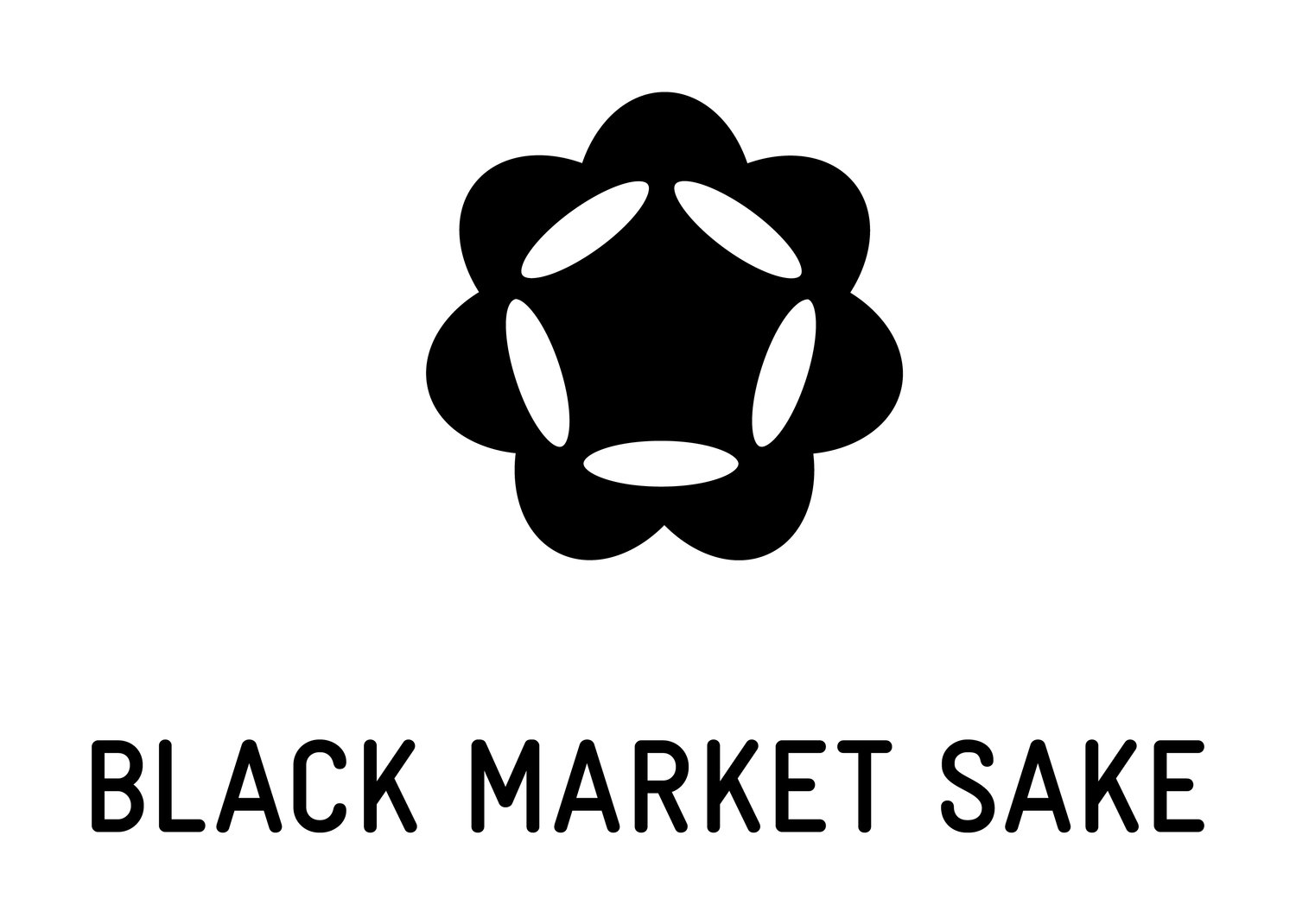KIREI SHUZO
HIROSHIMA
Hiroshima prefecture lies in the middle of Chugoku region on Japan’s main island Honshu. Most of the prefecture consists of mountains leading towards Shimane Prefecture, and rivers that produce rich plains near the coast. Many small islands are also included in this prefecture. Hiroshima is well recognised as one of Japan’s top sake brewing regions and small craft breweries, many with very long histories, are scattered throughout the prefecture. Of particular note is the small town of Saijo, east of Hiroshima city, which is famous for its many Kura [Sake Breweries] including Kirei Shuzo. Saijo is considered one of Japan’s three major sake brewing areas alongside Fushimi in Kyoto and Nada in Hyogo and its brewing tradition dates back to around 1650. In the last 100 years in particular, the breweries in Saijo have really begun to flourish with premium brewing techniques being developed locally.
The town of Saijo is situated on an elevated basin-shaped plain surrounded by 300 to 500 meter-high mountains, which gives it ideal temperatures of around 4-5°C during sake brewing season. The area is also blessed with an abundance of ideal sake brewing water, with one particular narrow strip of land having the purest water in the region. Nine of the ten sake breweries in Saijo, including Kirei Shuzo, have founded themselves in close proximity to each other along this strip of land, now known as ‘Sakagura Dori’ or ‘Sake Brewery Street’. Each Kura have created their own individually named water well to draw from, with the Maneki Well being the source used for sake production at Kirei. As these eight breweries in the heart of Saijo share the same water source, and often with the same pure rice grown in the Hiroshima plains and mountains, it is particularly important to have a highly skilled Toji [Master Brewer] to create sake that is different from their neighbours. At Kirei the current Toji is Masahiro Nishigaki who is also the son of Kirei’s very famous former Toji - Nobunichi Nishigaki. It is the current Toji, Masahiro, who is now taking Kirei Shuzo back to making premium Junmai sake, as he realised futsu-shu [or ordinary sake] is not the future of the sake industry. Another of Nishigaki-san's main beliefs is that “If you make good koji you are 90% on the way to making great sake”. To make this great koji, Nishigaki-san is using techniques like keeping the rice in the koji room for 72 hours instead of the more usual 48 hours, during which time it is checked at least every 2 hours by the Toji or by the specialist Koji room supervisor. The maximum amount of rice in the koji room is 100kg, which is a very small quantity. All of the sake we are importing from Kirei Shuzo are their small batch Junmai sake produced with these time honoured methods.








